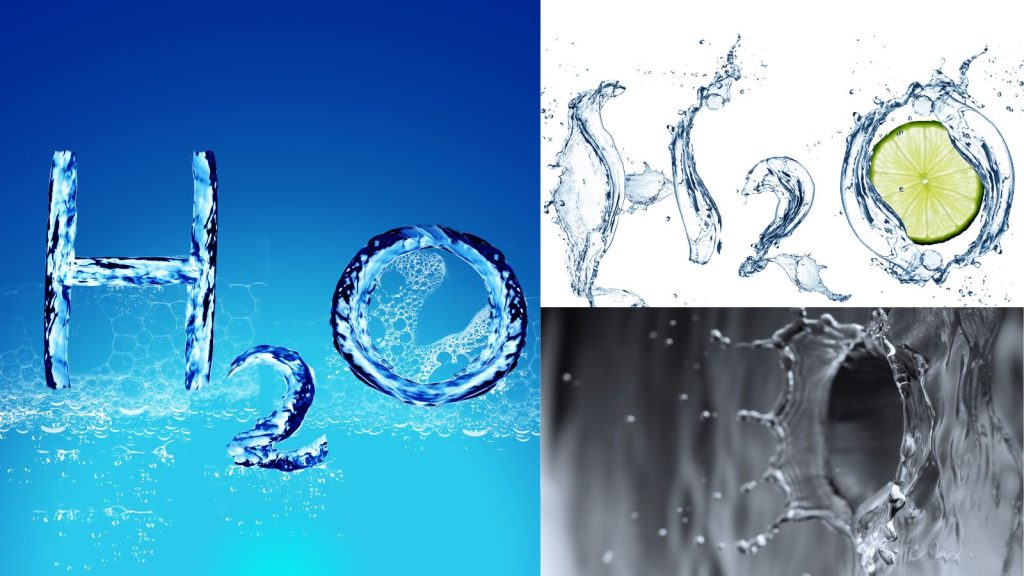The molecular formula HCOOCH CH2 H2O represents a specific organic compound that combines elements of ester chemistry with the potential influence of water. To fully appreciate its structure and significance, let’s delve into its components, chemical characteristics, and potential applications.
Breaking Down the Formula
1. HCOOCH (Ester Group)
- Ester Group: The HCOOCH segment is indicative of an ester derived from formic acid.
- Structure: The ester functional group (–COO–) plays a crucial role in organic chemistry, particularly in esterification reactions.
- Reactivity: Esters are known for their ability to undergo hydrolysis, transesterification, and other chemical transformations.
2. CH2 (Methylene Group)
- Methylene Bridge: The CH2 group is a single carbon atom bonded to two hydrogen atoms.
- Significance: This bridge acts as a linker, often found in organic molecules, providing structural flexibility and influencing the molecule’s reactivity.
3. H2O (Water Molecule)
- Hydrated Form: The inclusion of water suggests the compound may exist as a hydrate.
- Impact: Hydration can affect the compound’s stability, solubility, and reactivity in chemical processes.
Chemical Properties
The unique combination of ester functionality, methylene linkage, and water molecule gives HCOOCH CH2 H2O distinct properties:
- Polarity: The ester group introduces polarity, making the compound soluble in polar solvents like water and alcohols.
- Reactivity:
- Ester Hydrolysis: In the presence of acids or bases, the ester group can break down into its constituent alcohol and acid.
- Hydration Effects: The water molecule may participate in or influence reactions involving the compound.
- Stability: The methylene group provides structural integrity, while the water molecule may enhance or diminish stability depending on environmental conditions.
Applications of HCOOCH CH2 H2O
1. Organic Synthesis
The ester group makes this compound valuable in the synthesis of other organic molecules. It can serve as a starting material for reactions like:
- Esterification
- Hydrolysis
- Transesterification
2. Industrial Chemistry
Ester-containing compounds are widely used in:
- Fragrances: Esters often contribute to pleasant aromas.
- Polymers: The compound may be used in polymer precursors or additives.
- Solvents: Esters are effective solvents for many organic reactions.
3. Research and Development
The unique hydrated structure of HCOOCH CH2 H2O makes it a subject of interest in studying:
- Reaction mechanisms involving esters.
- The influence of hydration on organic molecule stability.
Frequently Asked Questions (FAQs)
1. What type of compound is HCOOCH CH2 H2O?
It is an organic compound classified as an ester with a hydrated structure.
2. Why is the water molecule important in this formula?
The water molecule influences the compound’s reactivity, stability, and solubility, especially in reactions involving hydration or hydrolysis.
3. What are the common uses of ester compounds like HCOOCH CH2 H2O?
Esters are widely used in fragrances, solvents, and as intermediates in organic synthesis.
4. Can HCOOCH CH2 H2O undergo hydrolysis?
Yes, the ester group in the compound can undergo hydrolysis in the presence of acids or bases, yielding alcohol and acid products.
5. Is HCOOCH CH2 H2O stable?
Its stability depends on environmental conditions such as temperature, pH, and the presence of other reactive substances.
Conclusion
The molecular formula HCOOCH CH2 H2O represents a fascinating compound that combines the functionality of an ester with the influence of hydration. Its unique composition makes it an important player in organic synthesis, industrial applications, and chemical research. By understanding its structure and properties, scientists and industries can harness its potential to drive innovation and create new solutions.

